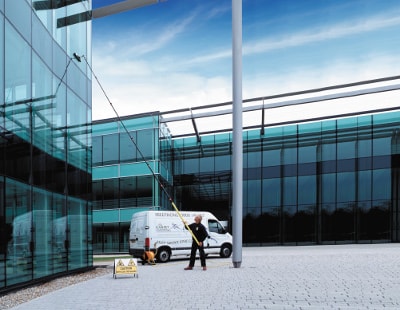Its transparent nature allows for the Glasreinigung Fensterreinigung Stuttgart creation of buildings that seamlessly merge with their surroundings, fostering a sense of openness and connection to the external environment. Iconic structures such as the Crystal Palace in London, the Burj Khalifa in Dubai, and the Glass House by Philip Johnson stand as testaments to the creative potential of glass in architecture.
Beyond architectural feats, glass finds its way into various aspects of daily life. From smartphones to kitchenware, from solar panels to medical equipment, its versatility knows no bounds. Tempered glass ensures safety in automobiles, while Gorilla Glass provides durability to handheld devices. The material’s ability to combine strength, transparency, and adaptability continues to drive innovation across industries.
Challenges and Innovations
Despite its numerous advantages, glass also poses challenges. Energy inefficiency in buildings due to heat gain and loss through windows has prompted advancements in smart glass technology. Innovations like electrochromic and thermochromic glass allow for dynamic control of light transmission and heat insulation, reducing energy consumption and enhancing comfort.
Moreover, sustainability has become a focal point in glass production. Recycling initiatives aim to mitigate environmental impact by reducing waste and energy consumption. Additionally, researchers explore alternative materials and manufacturing techniques to create eco-friendly glass while maintaining its essential properties.


